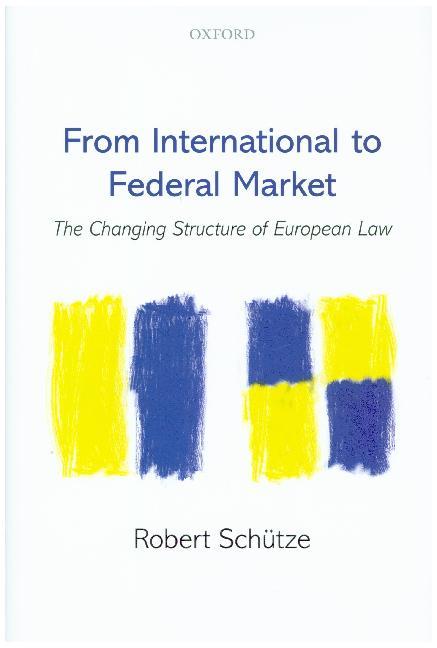What are the different market philosophies or models that shape the European Union's internal market? This book proposes three models: an international model, a federal model and a national model; and argues that the structure of the EU internal market has moved from an international to federal model.
What are the different market philosophies or models that shape the European Union's internal market? This book proposes three models: an international model, a federal model and a national model; and argues that the structure of the EU internal market has moved from an international to federal model.
Inhaltsverzeichnis
- Introduction: Coming to Constitutional Terms
- General Part: International and Federal Markets
- 1: International Law and Market Coordination
- I: The "Classic" Model: The Mercantilist State and its National Market
- II: The "Modern" Model: The Cooperative State in the Global Market
- 2: American Law and Market Integration
- I: Creating a Common Market: Regulatory Barriers to Trade
- II: Fiscal Barriers: A Fiscal Affairs 'Exception'?
- Special Part: The Changing Structure of European Law
- 3: The Decline of the International Model
- I: Creating the European Market: A Constitutional Overview
- II: Europe's "Dormant Commerce Clause": Article 34 TFEU
- 4: The Rise of the Federal Model I
- I: Doctrinal Divergences: From Cassis to Keck
- II: Types and Tests: The Post-Keck Doctrinal Framework
- 5: The Rise of the Federal Model II
- I: Special Jurisprudential Regimes: Which Model?
- II: General Exemptions and Justifications: Form and Substance
- 6: Excursus: A Fiscal Affairs Exception?
- I: Customs Duties: A National Market Model
- II: Internal Taxation: An International Market Model
- Conclusion: Europe's Gemeinweg towards a Federal Market
- Epilogue: Courts and Free Markets - The Legitimacy Question










